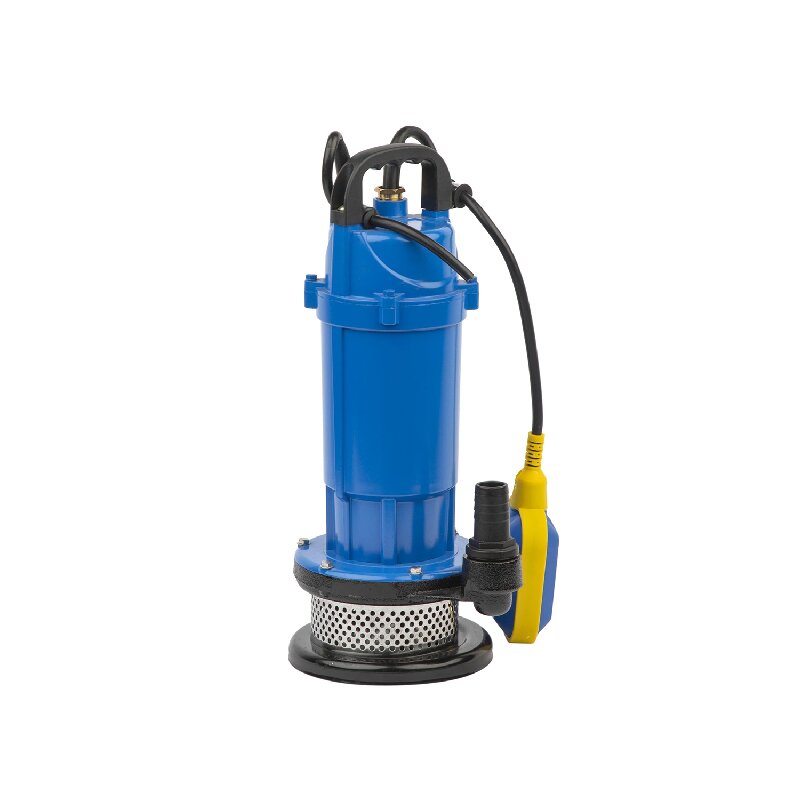How should a submersible pump be cleaned
Cleaning a submersible pump is an important maintenance task that can extend its lifespan and ensure its proper operation. Here are the detailed cleaning steps and precautions:

1. Getting ready to clean this thing:
Power Off:
-
Before performing any cleaning work, be sure to disconnect the submersible pump's power supply to ensure safety. This is a crucial step to prevent electric shock.
Drainage:
-
Remove the submersible pump from the water and drain as much water as possible from inside the pump.
-
If there is residual sludge or debris inside the pump, rinse it with clean water first.
2. Cleaning the outside:
Rinsing:
-
Rinse the pump's outer casing with clean water to remove surface sediment, debris, etc.
-
A high-pressure water gun can be used to enhance the cleaning effect.
Wiping:
-
For stubborn stains, use a soft brush or sponge to wipe them off.
-
Be careful not to use overly rough tools to avoid scratching the pump body.
Cable Inspection:
-
Carefully inspect the cable for any signs of damage or aging.
-
If damage is found, replace the cable promptly to prevent electrical leakage.
3. Cleaning the inside:
Take it apart:
-
If the submersible pump can be disassembled, take apart the pump body for more thorough internal cleaning.
-
When disassembling, be sure to follow the manufacturer's instructions and keep the disassembled parts safe.
Take a look:
-
Rinse the inside of the pump with clean water to remove internal sediment, debris, etc.
-
A high-pressure water gun can be used to enhance the cleaning effect.
Getting rid of those tough stains:
-
For special stains such as oil or scale, use appropriate cleaning agents.
-
Choose cleaning agents that are not corrosive to the pump body material.
Disinfection:
-
If the submersible pump is used to transport drinking water or other liquids with high hygiene requirements, use a disinfectant for disinfection.
-
After disinfection, be sure to rinse thoroughly with clean water to avoid disinfectant residue.
4. Assembly and Inspection:
Getting it back in one piece:
-
If the pump body was disassembled, reassemble it according to the manufacturer's instructions.
-
Ensure all parts are installed correctly and connected securely.
Take a look:
-
After assembly, check the pump body for cracks or damage.
-
Check that the cable connections are secure.
Give it a test run:
-
In a safe environment, connect the power supply and test run the submersible pump to check if it is operating normally.
5. Things to watch out for:
Avoid Corrosive Cleaners:
-
Some corrosive cleaners may damage the submersible pump's parts.
Cable Safety:
-
During cleaning, avoid damaging the cable's insulation layer.
-
After cleaning, be sure to ensure the cable is dry before reconnecting the power.
Regular Maintenance:
-
Regularly cleaning the submersible pump can extend its lifespan.
-
At the same time, regularly check the submersible pump's operating status to identify and address problems promptly.
Consult the Manual:
-
Before cleaning, be sure to consult the pump's instruction manual. Because each pump has its own special performance and structure.
6. If something weird happens:
Sediment Blockage:
-
If the submersible pump is blocked by sediment, use a high-pressure water gun to rinse it. For stubborn sediment, use a slender tool to clean it.
Oil Contamination:
-
If the submersible pump is contaminated by oil, use a degreasing cleaner to clean it.
